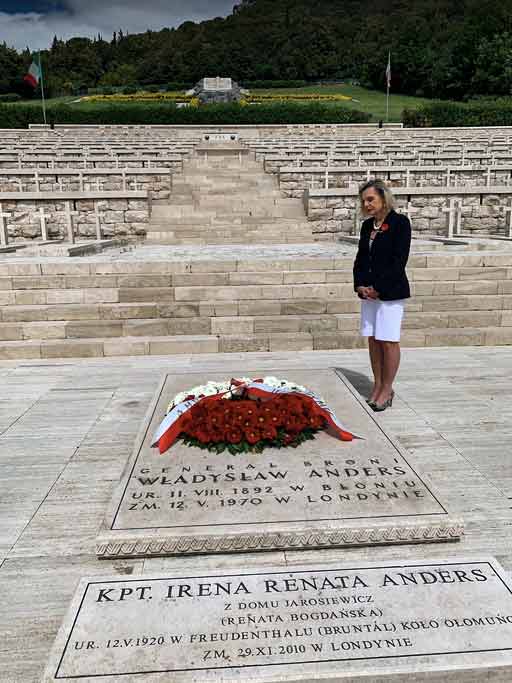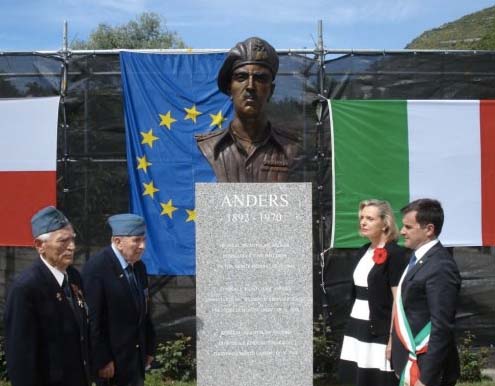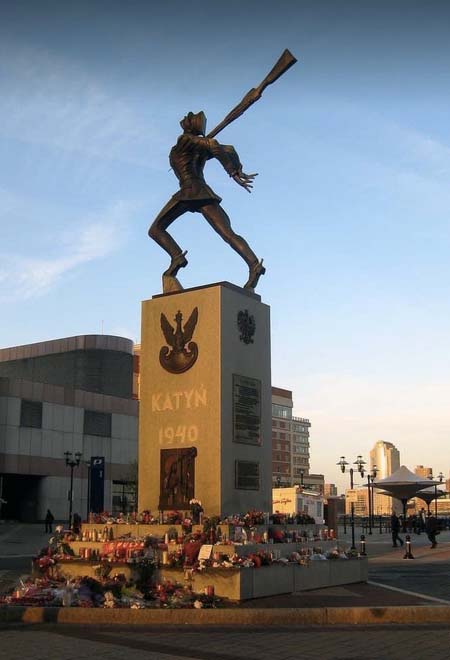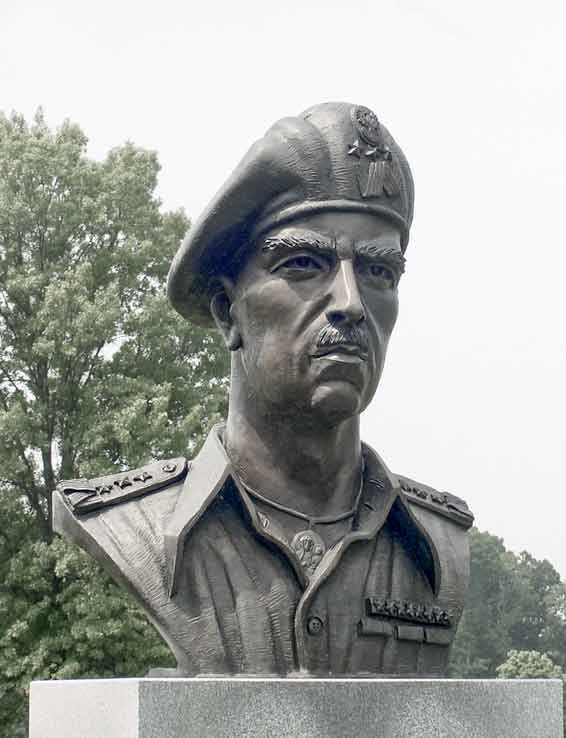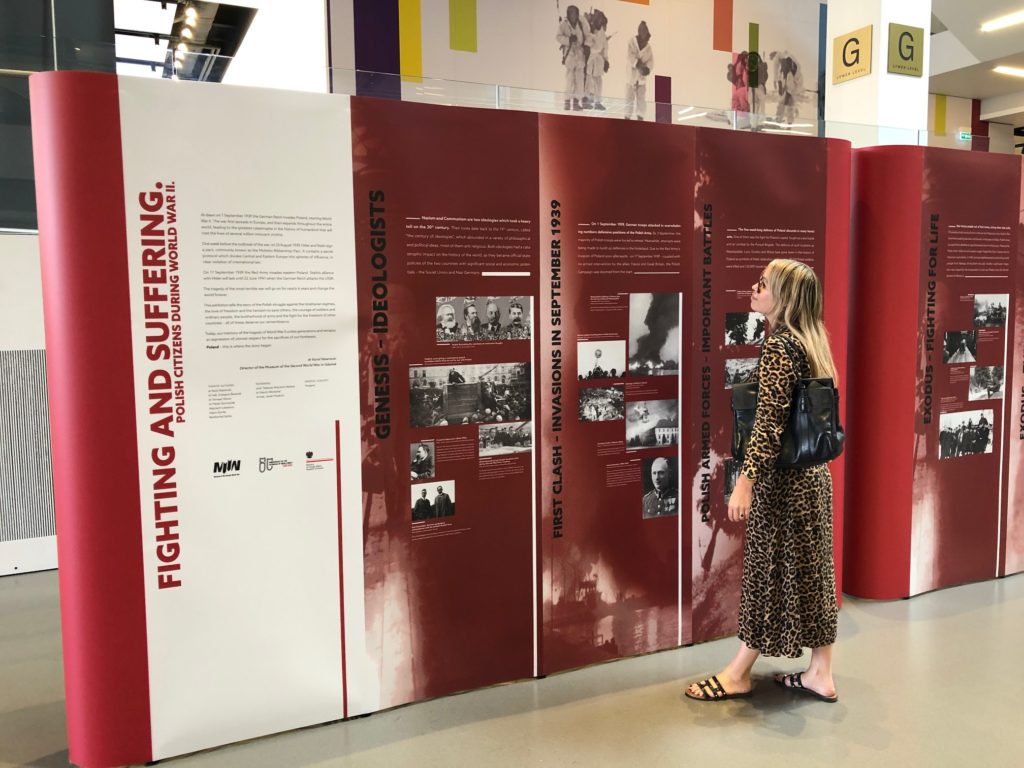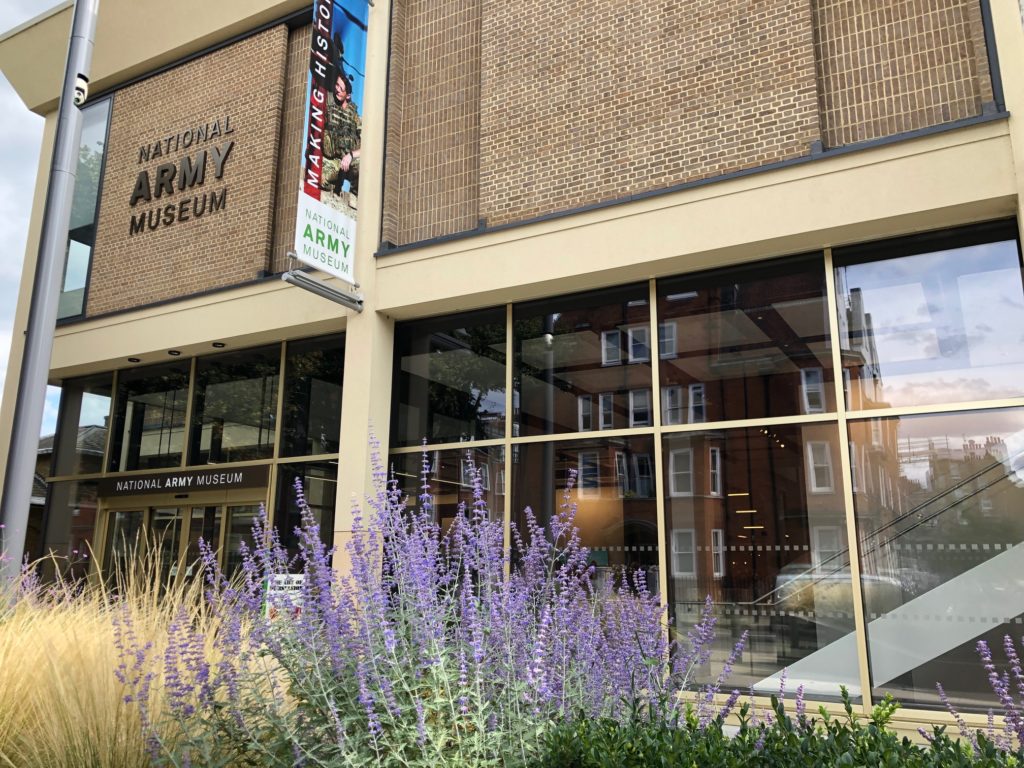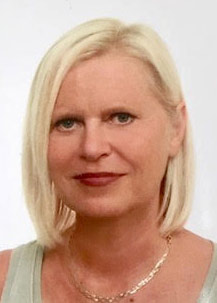Never has any Polish commander's sculpture made it into a British museum. This can change thanks to the Polish community. The National Army Museum in London has expressed a desire to exhibit a bust of one of the greatest Polish heroes - General Władysław Anders.
The National Army Museum is the main museum of the British Army. It is located in the prestigious London district of Chelsea. It underwent a major renovation in 2017 that cost over £23 million. It was opened by Queen Elizabeth II herself.
Every Polish child knows who the indomitable Polish general Władysław Anders was. But does a British one know? Is the British community aware of the accomplishments of this outstanding general?
A fundraiser was started on the Internet, which may result in making the famous commander remembered for decades. The unveiling of the sculpture is planned for spring 2021.
Anders held the most important military and political functions in the country. He was a Lieutenant-General and the Commander-in-Chief of the Polish Armed Forces, as well as the successor of the President of the Republic of Poland in Exile, and eventually a full General. After the war, he settled in Great Britain and from there he also left on permanent watch on May 12, 1970 - exactly on the 26th anniversary of the victorious battle of Monte Cassino he commanded and on the 50th birthday of his wife.
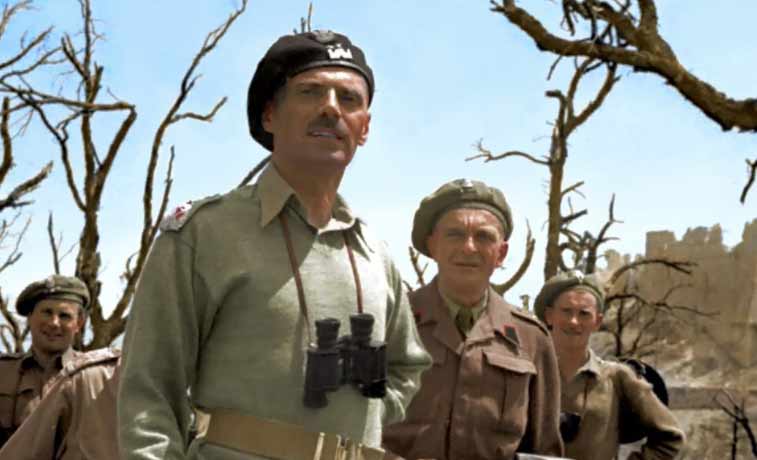
According to his last will, General Anders was buried among his soldiers at the Polish War Cemetery in Monte Cassino, Italy.
Ambassador Anna Maria Anders places a wreath on the grave of her Father on the 50th anniversary of his death. Photo: Embassy of the Republic of Poland in Rome
Is there a chance that the British community will be able to learn more about this heroic commander? Shouldn't London honor him properly? We talked about this on the pages of our website (britishpoles.uk) many times with the daughter of the general - Anna Maria Anders, who is currently the ambassador of the Republic of Poland in Rome.
The idea came as if on order. Polish veterans, gathered around District 2 of the Association of Polish Army Veterans in America, responded from behind the ocean with the initiative to commission another sculpture of the bust of the General made in bronze. It was this group of patriotic activists that commissioned a similar sculpture for the city of Cassino in Italy in 2014. The monument was commissioned by District 2 SWAP and was made by the famous master Andrzej Pityński.
The square on which the monument stands was called: “Largo Wladyslaw Anders (Comandante del II Corpo d 'Armata Polacco, 1944)”. The Cassino Monument is a modified copy of the General Anders Monument, which stands at the Veteran Cemetery in American Czestochowa, Doylestown, PA. Another copy of this monument is also in the Polish Army Museum in Warsaw.
The monument was unveiled by the mayor of Cassino - Giuseppe Golini Petrarcone, the daughter of general Anders - Anna Maria Anders, and two participants of the Battle of Monte Cassino: Wincenty Knapczyk - the commander-in-chief of the SWAP and Antoni Chrościelewski - the commander of District 2 of the Polish Army Veterans Association in New York. Photo: Teofil Lachowicz, SWAP
It was difficult to imagine a more suitable person to create a sculpture than the master Andrzej Pityński himself, the author of the famous Katyn Monument from New Jersey, for which the American Polonia successfully fought to stay in its place.
The Katyn Memorial in Jersey City. Author: Andrzej Pityński. Photo: Sławomir Platta
As Teofil Lachowicz, the secretary of the Association, told our website:
Master Andrzej Pityński declined the fee for his work. It is his private contribution to the implementation of the entire project. If we had to pay for the design of the sculpture by an artist of this class, the cost would increase by at least an additional $20,000. Let us appreciate his wonderful gesture, because the Master has patriotic motives and thus wants to express his respect for the person of General W. Anders.
A bronze bust by Andrzej Lipiński. Photo: Teofil Lachowicz SWAP
There remained, however, the question of finding a worthy place. We have many Polish places in London where such a bust could be located - the Sikorski Institute, Ognisko Polskie, POSK or the Embassy of the Republic of Poland. However, we wanted the sculpture to be placed at a location that would show the contribution of the General and the Polish armed forces during World War II, the support of Great Britain and the heroism of Polish soldiers fighting for freedom alongside the British.
We didn't have to wait long for this issue to be resolved. It just so happens that a few months ago, we were invited to the opening of the exhibition at the National Army Museum entitled "Fighting and Suffering: Polish Citizens During World War II", which depicted the struggle and suffering of the Polish nation during World War II (More in the report from British Poles ).
Fragment of the exhibition “Fighting and Suffering. Polish Citizens During World War II ”at the National Army Museum. September 2019. Photo: Caroline Byczynski
The exhibition was innovative, as it is a rarity in the West to be presented with Polish war experiences as seen by the Polish eye.
Renovated National Army Museum building. Photo: Caroline Byczynski
An important fact is that Justin Maciejewski, whose veins carry Polish blood, has been the general director of this facility since 2018. As he admitted in an interview with British Poles:
I don't know Polish well, but I am proud of my heritage and my heart is beating for Poland.
He is an experienced military man, his active career in the military lasted 27 years, he was the head of the Royal Armored and Infantry Corps, he also commanded the 2nd Battalion of The Rifles in Iraq. He received a Master's Degree in Defense from Kings College, London, and a History from Cambridge University, where he specialized in British Imperial and Military History.
Opening of the exhibition “ Fight and Suffering. Polish Citizens During World War II” at the National Army Museum. September 2019. Justin Maciejewski (left), director of the National Army Museum in an interview with Roger Moorhouse, a well-known historian, author of, among others First to Fight about the September campaign. (Photo: Caroline Byczynski)
We contacted Director Maciejewski to see if the bust could be placed at the National Army Museum. His answer was an immediate: "YES!" The director delightedly told the British Poles portal:
All employees of the Museum will be honored with the gift of the general's bust, especially on the occasion of the 50th anniversary of his death. In the coming years, we planned to organize an exhibition on the Italian Campaign and to emphasize the role of the General and the Polish II Corps (...) The history and heritage of Polish soldiers who fought in Italy constitute the most valuable part of the common military heritage of Great Britain and Poland. So many soldiers of the Polish II Corps had to build their future in Great Britain for reasons beyond their control. As the son of one of these soldiers, I think it would be special to receive such a bust. I remember my father talking about General Anders. He met him several times, both in Italy and in England after the war.
The joy of Ambassador Anna Maria Anders was enormous.
I am happy that my Father will be honored in the country where he has completed his life! The National Army Museum is a very prestigious public place. Everyone who comes to him will be able to learn about the heroism of Polish soldiers
she told British Poles. Director Maciejewski adds:
I would be happy if this bust was presented personally by the general's daughter - Anna Maria Anders ”.
We already had a lot of things done, but the extremely important issue of financing the project remained. Under the circumstances, we turned to the Embassy of the Republic of Poland in London and the ambassador prof. Arkady Rzegocki. And there was another pleasant surprise: we received a desire to support the project. The ambassador personally contacted the newly established Anders Institute at its headquarters in Lublin.
The founder of the Institute, Michał Dworski, enthusiastically proposed to set up a public collection and told British Poles:
The form of public collection we proposed resulted from our idea that the bust of General Władysław Anders should be created thanks to the efforts and support of as many people as possible, who want to express their memory and respect for the general's achievements in this way. Thanks to a very large amount of work and funds, it was possible to create a professional website that supports payments in a short time.
On the collection page we can read:
On the initiative of the Ambassador of the Republic of Poland to Italy, Anna Maria Anders, the Ambassador of the Republic of Poland to Great Britain Arkady Rzegocki and the portal "British Poles" - Instytut im. gen. Władysław Anders and Fundacja Skarbności im. John Paul II announce an extraordinary initiative to honor the figure of General Władysław Anders on the 50th anniversary of his death, which will fall in 2020. We want to use the joint efforts of our countrymen in the country and in emigration to fund a bust of the general by master Andrzej Pityński - a Polish sculptor living in the States United, Knight of the Order of the White Eagle, member of the Polish Army Veterans Association, known primarily as the author of the famous Katyn Monument in Jersey City, USA. The aim of the campaign is to raise funds for the production and casting of the bust, its protection and transport to Great Britain from the United States. The cost of the entire project is about PLN 65,000.
We hope that the British and Polish diaspora scattered around the world will join the collection, which will result in the display of a bust of one of the most outstanding sons of Polish soil in the most prestigious military museum in Great Britain. Having a bust of General Anders at the National Army Museum will be a powerful symbol of the close friendship between Poland and Great Britain. A friendship formed in the skies above England, on the battlefields of Italy and northwest Europe, and continued today.
Therefore, we are asking you to support this much-needed collection. Every, even the smallest payment counts. It is not only our duty, but also a reason to be proud that we are honored to make a small contribution to this great work.
May the work of Władysław Anders, whose fate has always been connected with the history of the Polish diaspora and Polish emigration, connect Poles at home and abroad. Let's promote our great historical heritage together!
Maria Byczynski
Photos: private collections of Ambassador Anna Maria Anders, Teofil Lachowicz SWAP, Embassy of the Republic of Poland in Rome, Caroline Byczynski, Sławomir Platta.
This article originally appeared on britishpoles.uk. We publish it here with the consent of the author.
Translated from Polish to English by Andrew Woźniewicz



